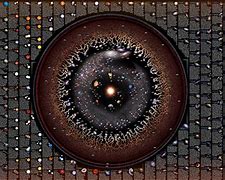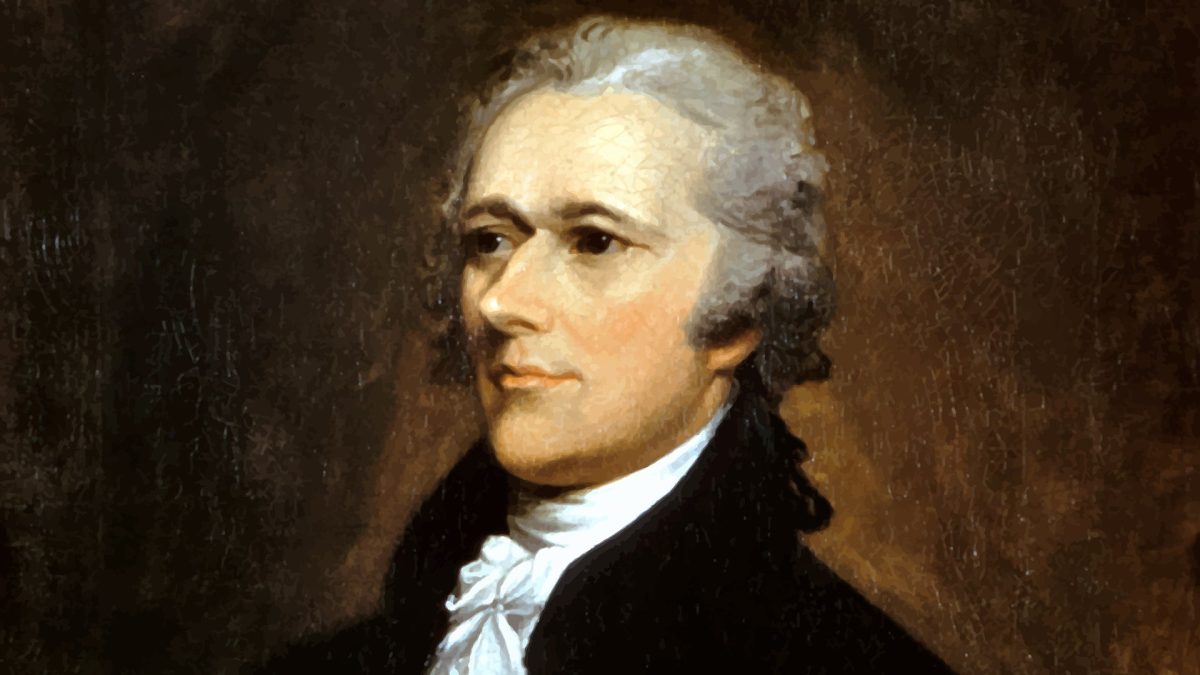The reason The Observable Universe is called that is because it is as far as we can Observe. Because of this, it got that name. Basically, our sun is of many many stars (100–400 billion in this galaxy alone) in this universe. Each Universe has more or less to that amount.
Meaning there are a lot of stars out there with at least one or more planets orbiting it like our solar system. But that‘s not all, in fact, that‘s not even close to the observable universe.
And to put into perspective for you, think of the sun in a ball. That ball can hold a thousand suns. That‘s about one trillion kilometers. Now a thousand of those balls fit into one lightyear, meaning one lightyear can hold one million Suns. That’s one lightyear. Now picture an even bigger ball. A ball that is over 67 billion light years long.
That is our Observable Universe. Our galaxy, Milkyway, has 100–400 billion stars, now picture 100 billion galaxies, clustered together. That is a supercluster. Now picture 10 million superclusters, having about 3–10 clusters in them, with each cluster having about 25,000,000 light years of space. Our Observable Universe has 10 million superclusters in it give or take. Now if this doesn’t make you feel small, then believed to be outside our Observable Universe, are superclusters universes, universes, in multiverses and millions of multiverses in: this place we call space.












sebastian Rusea • Jan 13, 2025 at 8:37 am
I don’t even know if I cooked.